Filter by

Remembering African Labor Migration to the Second World
This open access book is about Mozambicans and Angolans who migrated in state-sponsored schemes to East Germany in the late 1970s and throughout the 1980s. They went to work and to be trained as a vanguard labor force for the intended African industrial revolutions. While they were there, they contributed their labor power to the East German economy. This book draws on more than 260 life hi…
- Edition
- 1
- ISBN/ISSN
- 978-3-031-06776-1
- Collation
- -
- Series Title
- Palgrave Macmillan Transnational History Series
- Call Number
- XXVII, 377

Remembering African Labor Migration to the Second World
This open access book is about Mozambicans and Angolans who migrated in state-sponsored schemes to East Germany in the late 1970s and throughout the 1980s. They went to work and to be trained as a vanguard labor force for the intended African industrial revolutions. While they were there, they contributed their labor power to the East German economy.
- Edition
- 1
- ISBN/ISSN
- 978-3-031-06776-1
- Collation
- -
- Series Title
- Palgrave Macmillan Transnational History Series
- Call Number
- XXVII, 377

Remembering African Labor Migration to the Second World
This open access book is about Mozambicans and Angolans who migrated in state-sponsored schemes to East Germany in the late 1970s and throughout the 1980s. They went to work and to be trained as a vanguard labor force for the intended African industrial revolutions. While they were there, they contributed their labor power to the East German economy.
- Edition
- 1
- ISBN/ISSN
- 978-3-031-06776-1
- Collation
- -
- Series Title
- Palgrave Macmillan Transnational History Series
- Call Number
- XXVII, 377
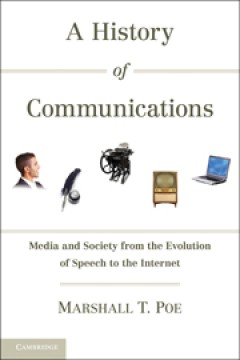
A History of Communications Media and Society from the Evolution of Speech t…
A History of Communications advances a theory of media that explains the origins and impact of different forms of communication - speech, writing, print, electronic devices and the Internet - on human history in the long term. New media are 'pulled' into widespread use by broad historical trends and these media, once in widespread use, 'push' social institutions and beliefs in predictable direc…
- Edition
- -
- ISBN/ISSN
- 9780511976919
- Collation
- -
- Series Title
- -
- Call Number
- -
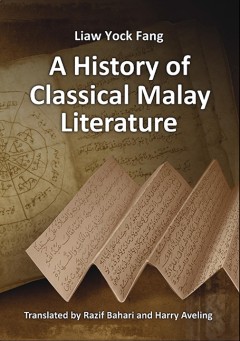
A History of Classical Malay Literature
This is a detailed, narrative-based history of Classical Malay Literature.It covers a wide range of Malay texts, including folk literature; the influence of the Indian epics and shadow theatre literature; Panji tales; the transition from Hindu to Muslim literary models; Muslim literature; framed tales; theological literature; historical literature; legal codes; and the dominant forms of poetry,…
- Edition
- -
- ISBN/ISSN
- 9789814459891
- Collation
- -
- Series Title
- Local History and Memoirs
- Call Number
- -

A History of Canberra
Designed as an 'ideal city' and emblem of the nation, Canberra has long been a source of ambivalence for many Australians. In this charming and concise book, Nicholas Brown challenges these ideas and looks beyond the clichés to illuminate the unique, layered and often colourful history of Australia's capital. Brown covers Canberra's selection as the site of the national capital, the turbulent …
- Edition
- -
- ISBN/ISSN
- 9781139196260
- Collation
- -
- Series Title
- -
- Call Number
- -
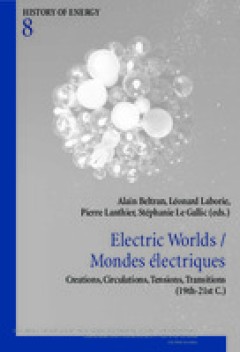
Electric Worlds / Mondes électriques: Creations, Circulations, Tensions, Tra…
What interpretation(s) do today’s historians make of electrification? Electrification is a process which began almost a hundred and fifty years ago but which more than one billion men and women still do not have access to. This book displays the social diversity of the electric worlds and of the approaches to their history. It updates the historical knowledge and shows the renewal of the hist…
- Edition
- Ed. 1
- ISBN/ISSN
- 9782807600294;9782875743305
- Collation
- 606
- Series Title
- Histoire de l’énergie/History of Energy, 8
- Call Number
- 909.0223 ELE e

Making Sense of World History
"Making Sense of World History is a comprehensive and accessible textbook that helps students understand the key themes of world history within a chronological framework stretching from ancient times to the present day. To lend coherence to its narrative, the book employs a set of organizing devices that connect times, places, and/or themes. This narrative is supported by: Flowcharts that show …
- Edition
- -
- ISBN/ISSN
- 9780367820886
- Collation
- -
- Series Title
- -
- Call Number
- -
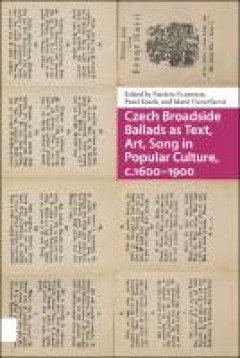
Czech Broadside Ballads as Text, Art, Song in Popular Culture, c.1600–1900
This landmark collection makes a major contribution to the burgeoning field of broadside ballad study by investigating the hitherto unexplored treasure-trove of over 100,000 Central/Eastern European broadside ballads of the Czech Republic, from the 16th to the 19th century. Viewing Czech broadside ballads from an interdisciplinary perspective, we see them as unique and regional cultural phenome…
- Edition
- Ed. 1
- ISBN/ISSN
- 9789463721554, 9789048553341
- Collation
- 500
- Series Title
- -
- Call Number
- 940 CZE c
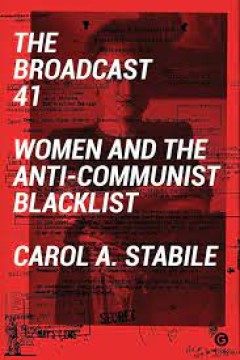
Broadcast 41 Women and the Anti-Communist Blacklist
Seeking a solution, pioneering women not only imagined, made and wore radical new forms of cycle wear, they also patented their inventive designs. The most remarkable of these were convertible costumes that enabled wearers to secretly switch ordinary clothing into cycle wear.
- Edition
- -
- ISBN/ISSN
- 9781912685424
- Collation
- -
- Series Title
- -
- Call Number
- -
 Computer Science, Information & General Works
Computer Science, Information & General Works  Philosophy & Psychology
Philosophy & Psychology  Religion
Religion  Social Sciences
Social Sciences  Language
Language  Pure Science
Pure Science  Applied Sciences
Applied Sciences  Art & Recreation
Art & Recreation  Literature
Literature  History & Geography
History & Geography